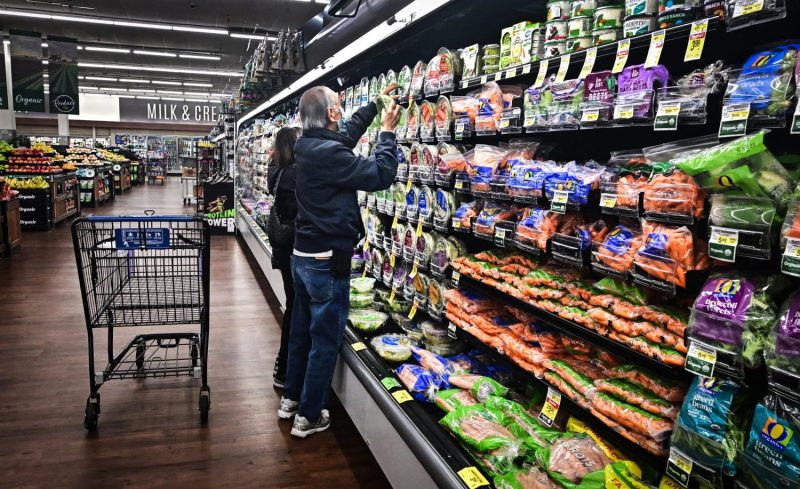Grocery prices can often leave consumers scratching their heads in disbelief as they navigate the aisles of their local supermarket. The rising cost of groceries has become a constant topic of discussion, with many shoppers feeling the pinch in their wallets. Several factors contribute to the increase in prices, including inflation, transportation costs, weather patterns, and even global demand. While the reasons behind skyrocketing grocery prices may seem complex, consumers can take certain steps to mitigate these costs and potentially find relief in their grocery bills.
One of the primary reasons for the high cost of groceries is inflation. Inflation refers to the general increase in prices of goods and services over time, resulting from the decrease in the purchasing power of a currency. When inflation occurs, the cost of producing and transporting groceries also rises, leading to higher prices for consumers. In recent years, inflation rates have fluctuated, impacting the affordability of groceries for many households.
Transportation costs play a significant role in the pricing of groceries. The price of fuel directly influences transportation expenses, as trucks and other vehicles are essential for transporting goods from farms and manufacturers to retail locations. Fluctuations in fuel prices can lead to increased transportation costs, which are often passed on to consumers in the form of higher prices for groceries. The efficiency of transportation networks and the distances goods travel also impact the final cost of groceries.
Weather patterns and natural disasters can have a profound impact on the production of crops and livestock, affecting the availability and pricing of groceries. Droughts, floods, wildfires, and other extreme weather events can destroy crops and disrupt supply chains, leading to shortages and price increases. Climate change further complicates this issue, as unpredictable weather patterns put additional strain on agricultural production. Consumers may notice fluctuations in the prices of fresh produce and other perishable items due to these environmental factors.
Global demand for certain commodities can also influence grocery prices. As the world population continues to grow, the demand for food and other essential goods rises accordingly. Competition for resources and market access can drive up prices, especially for products that are in high demand globally. Consumers may feel the impact of these trends when purchasing staples such as grains, meat, and dairy products, as prices adjust to meet the growing demand.
Despite these challenges, consumers can take proactive steps to manage their grocery expenses and possibly find relief in their budgets. One strategy is to plan meals in advance and create shopping lists based on weekly sales and promotions. By making conscious choices about what to buy and when to shop, consumers can optimize their spending and reduce food waste. Additionally, seeking out local farmers markets and community-supported agriculture (CSA) programs can provide access to fresh, seasonal produce at competitive prices.
Another way for consumers to save on groceries is to embrace cooking at home and reduce reliance on processed and convenience foods. Cooking meals from scratch not only allows for better control over ingredients and portion sizes but also tends to be more cost-effective in the long run. By honing basic cooking skills and experimenting with simple recipes, consumers can enjoy delicious and nutritious meals without breaking the bank.
Furthermore, exploring alternative shopping options such as discount stores, warehouse clubs, and online retailers can help consumers find competitive prices on a wide range of groceries. Comparing prices across different outlets and taking advantage of loyalty programs and discounts can lead to savings on regular purchases. Buying in bulk, especially for non-perishable items, can also result in cost savings over time.
In conclusion, the factors contributing to the high cost of groceries are multifaceted and can vary based on regional and global dynamics. While consumers may feel the impact of these challenges in their weekly shopping trips, there are practical ways to alleviate the burden of rising grocery prices. By adopting mindful shopping habits, exploring diverse purchasing options, and embracing home cooking, consumers can navigate the complex landscape of grocery pricing and work towards more sustainable and budget-friendly grocery shopping experiences.




























